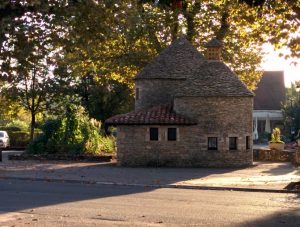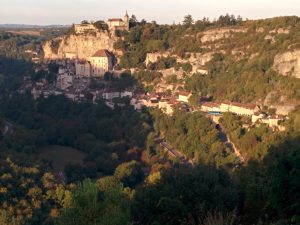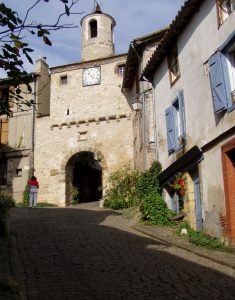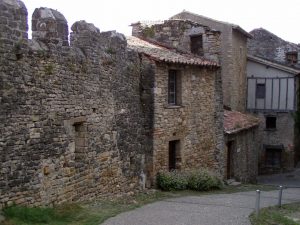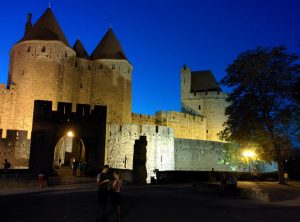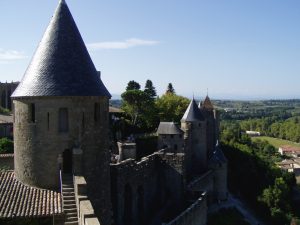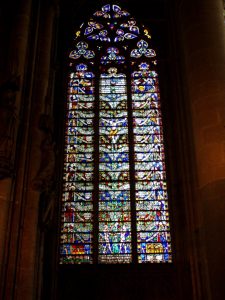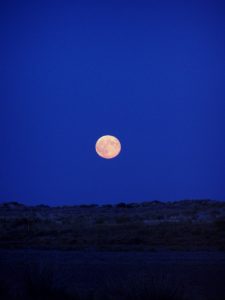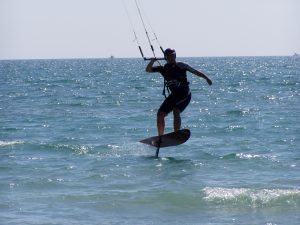I remembered to fill up the moho before leaving!
We actually left at around 11:15, giving us oodles of time to get to the Eurotunnel terminal in Coquelles, near Calais, by the earliest allowable check-in time of 16:50. Our intended destination tonight is the Dog House micropub once again, on the Evegate Business Park just outside of Ashford, with ample overnight parking
It’s a long, and fairly dull drive through the length of Belgium, especially at 50mph (did I mention that we mustn’t arrive too early?). The landscape becomes increasingly flat as you head further West, so there’s little to keep the mind active. There wasn’t even the usual slew of roadworks on the E40 – just a couple of smaller roadworks on the North ring around Brussels. The only thing to keep me alert was the very strong, and very gusty wind, blowing more or less head on. Hmm, glad we were unable to book ferry crossing for this trip – they’ve all drastically reduced their services during the pandemic, leaving only the vastly more expensive, but also more convenient, Le Shuttle crossing.
We stopped at the very unlovely aire at Waremme – West of Brussels – for 40 minutes or so for a bite to eat, then back to the road. Our SatNav was showing our arrival time as being BEFORE 16:50: that just won’t do! So I dropped my speed down to about 45mph on the stretch down through France. I was probably a bit of a hindrance to the other traffic on the 2-lane autoroutes, but they seemed to manage to overtake me ok!
About 10km NE of Coquelles, the police separated out the trucks from all the other traffic, forcing them down one lane of the autoroute, whilst all other traffic used the other lane. Curious. About 6 or 7km further on, an enormous line of trucks was stopped on the motorway, with – what looked like a number of French police at the head.
At the turnoff for the Eurotunnel terminal was another line of trucks, also around 1km long, trying to get into the terminal. What a mess. Presumably Brexit-orientated.
With all these last minute hold-ups, we arrived at the terminal at an easy-going 17:15, well within the limits allowed! Enough time to turn the gas on for a cup of tea.
As we were waiting to board the train, we could see increasing amounts of lightning to the West & North of us. The ominous looking cloud slowly coming closer to us. We could see the lansdcape rapidly disappearing in the advancing rain, reaching us as an enormous downpour just as our queueing lane was called forward. With the wipers on full speed, and us at practically no speed at all, we could barely see anything in front of us! Needless to say, we did make it onto the train; it did set off on time; and we didn’t get blasted off the rails by lightning!
We make it to the Dog House by 19:00. Just as it started to rain. It was also just 10°C and still very windy. When we stayed her overnight 3 weeks ago, the landlord, Duncan, was trying to get set up to allow indoor seating, so we were hoping he’d been successful in this endeavour. Sadly not. We had to sit outside. Under cover, but still cold and windy. We managed a couple of quick pints added to which I had about the best cheeseburger I’ve ever had, and Joy had a huge pile of veggy chilli nachos. Excellent.
Times are really tough for Duncan & his partner: being out of town, he has to rely on people who are very loyal to him and prepared to travel there. Apart from Joy & I, there were only two other brave souls there, although after they’d left, two other regulars arrived. Sadly, it’s not going to be enough trade to keep going. I can’t speak highly enough about this place and Duncan, who really goes out of his way to help you. Normally, the kitchen is closed on Thursdays, but he went out of his way to ensure there was something available for us. Top man. Do drop in if you get a chance. Here’s a link to their website.
Just to finish off – it didn’t get any warmer overnight!
